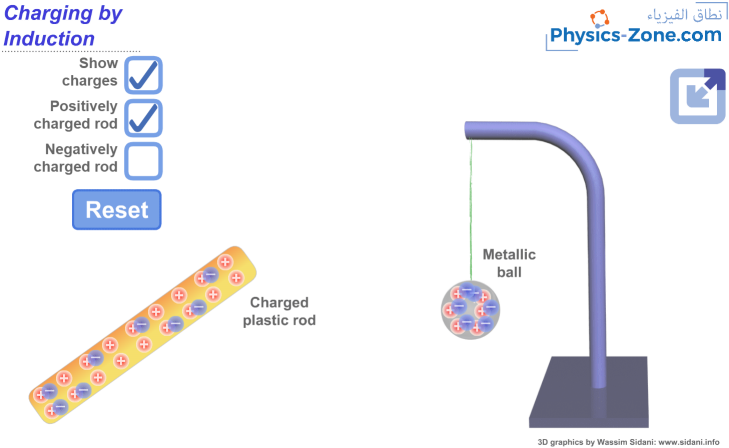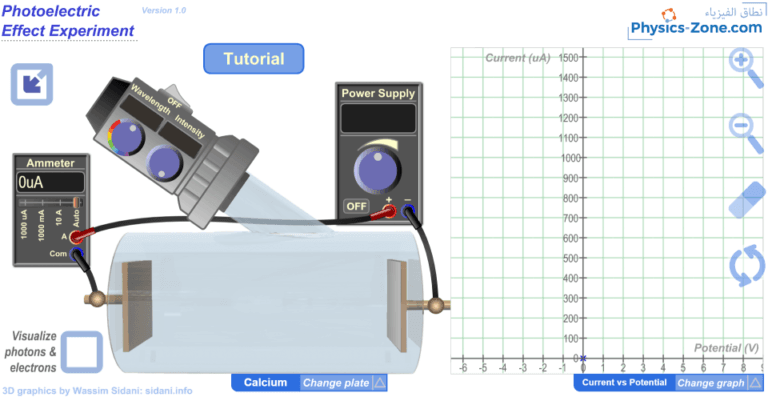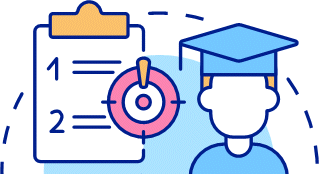Similar Posts

Simplicity is power
In creating interactive educational tools, simplicity is power. A minimalist design doesn’t just look clean; it helps learners focus on what truly matters. Instead of overwhelming the user with unnecessary details, focus on providing a clear, interactive interface that mirrors the real-world experience.

Charging by Induction Simulation
Using this simulation, you can experience the phenomenon of charging a metallic ball by induction in the first stage and charging the ball by contact in the second stage after the charged rod touches the ball. The displayed charges are for an illustrational purpose, and they are not seen in reality. You can disable the display of charges on the rod and on the ball.
In this simulation, you can try two situations, one in which the rod is positively charged and another in which the rod is negatively charged, and you will see that the two situations result in the same observation.
DeepSeek AI: The tool I wished I had while building my photoelectric effect simulation
Looking back, I wish I had access to tools like DeepSeek. During my development process. In my recent experimenting with this open-source AI model, I’ve found it provides structured, research-paper-like responses with meaningful technical information from the first interaction. This would have significantly streamlined my research phase. Definitely, DeepSeek wouldn’t have appeared if ChatGPT hadn’t existed in the first place. But the super abilities that DeepSeek came with as it came into existence, plus being open-source, makes it super competent to the existing AI tools.

Refraction of Light Simulation
With this simulation, you can experiment the refraction of light between air and a transparent semi-disk. You can choose the material of the disk from a list of materials. Also, you can determine the index of refraction of the semi-disk when you apply Snell’s law to measurements you take in the simulation.

Course: Crafting Effective Learning Objectives
I created this course and published it on my Moodle platform. Each module is a SCORM package, with a course evaluation survey at the end and an unofficial completion certificate as a template that can be costumed to the specifications of your organization. The course is tracked, and you must successfully complete each chapter to unlock the next one. The course is fully learner-centered.

One-Dimensional and Two-Dimensional Motion Simulation
This is a simple simulation that shows the difference between one-dimensional motion, that can be described by means of one axis, the x-axis, and the two-dimensional motion, that needs an additional axis, the y-axis to be described.
